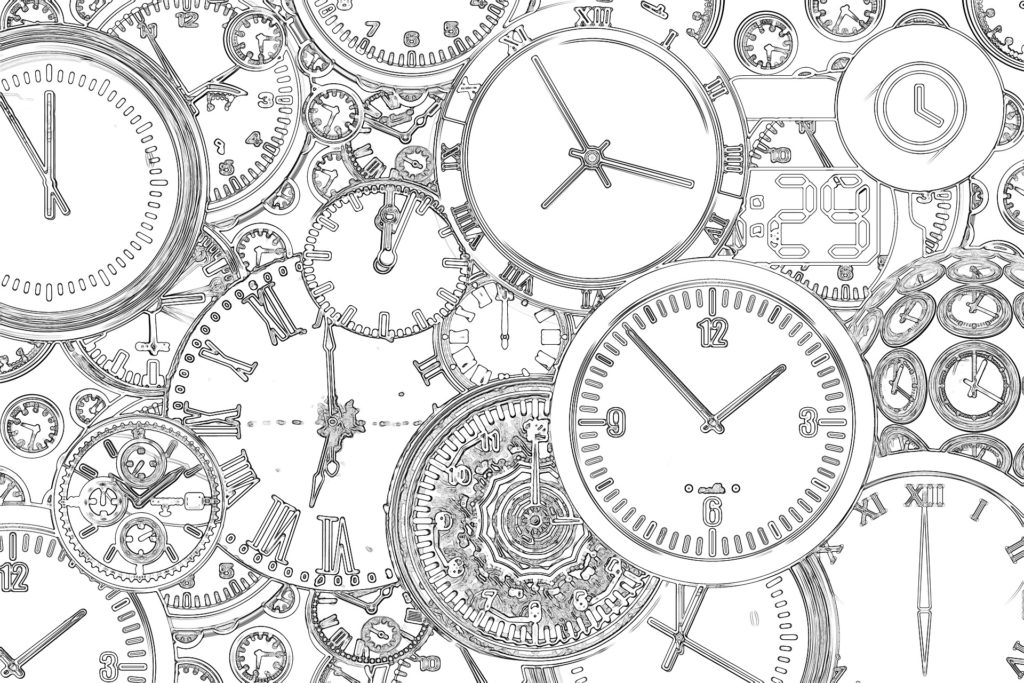Dear Marina,
I’ve been teaching myself to play the piano for years, and just recently started taking lessons with a local teacher. She has shown me things I wish I had known years ago that would have helped me greatly, but I just didn’t know what it was that I didn’t know. For example, the importance of using a metronome and how to practice with one.
After all this time, I’ve finally started using one and it has made a huge difference in my playing. Could you please talk about the importance of practicing with a metronome, what benefits it brings, and the proper way to work with one? I’m sure there are many other people who are still in the dark about that mysterious little tool, just like I was.
Thanks for your help!
Greg
Dear Greg,
First, I congratulate you on finding someone to help you take your playing to the next level. As I always say, while it’s possible to “teach yourself” (which, really, is an inaccurate way of phrasing it – will write a blog post about this topic soon), it’s much better to find a teacher to guide you.
The metronome seems to be one of those things that scares people until they actually know what to do with it. With almost all of my students, the first time I suggest using one, I encounter a bit of resistance. What’s this thing that makes the annoying sound? What are the numbers for? How do I know which notes go with the beats? How is it possible to listen to it while still paying attention to the music? Why should I even bother doing this?
Ok, let’s break this down, point by point.
First, a lot of metronomes have a visual component, like a blinking light or those things that go side to side. I would strongly suggest that you disregard these visual aids. Keep your eyes on your music, or on your hands, and tune your ears into the ticking sound of the metronome. You want to really connect with that beat.
Now, the numbers. Those tell you how many beats per minute there are. So, if your metronome is set to 60, you will have a beat, or a click, each second. If it’s set to 120, you’ll have 2 clicks per second, and so on. And that’s all that the number tells you. Many people think that the higher the number, the faster the music goes. But, that’s not necessarily so. It all depends on how you apportion out those beats.
Here’s what I mean. Let’s say that you set your metronome to 60 beats per minute (bpm). Without changing that number, the music you play to it can sound very slow or very fast. It’s up to you. If you decide that the beat represents a half note, then the piece you play will sound twice as fast as it would if that same beat represented a quarter note. It all depends on how you’re splitting up the beats.
You can demonstrate this for yourself. Turn on a metronome. If you don’t have one (or an app of one), then just google the word “metronome” and the top result should be an actual metronome with an adjustable slider. Set it on 60. Listen to a few clicks, and when you’re ready, clap along. One clap for each click. When that feels easy, try doing two claps per click. So, you will clap with the click and clap again in between clicks. When you’ve got that handled, clap 4 times for each click. That means you’ll clap once with the click and then 3 more times before the next click.
You see how, while the click itself stays the same, your claps get faster and faster?
Next try this with a piece that you can play well. You don’t have to use the number 60, set the metronome to whatever number suits you.
Ok, so how do you listen to the beat AND play a piece at the same time? Like anything else, it takes practice. The first time you got on a bicycle (or tried to swim, or tie your shoelaces), you probably struggled a little, or a lot. But, at some point, your body “got” the feeling of balance and off you went. What if I were to ask you, “How do you balance on a bicycle?” Could you tell me all the physical process that take place? Probably not. You’d probably say something like, “I just feel it.”
It’s the same thing with using a metronome. You might wobble a bit, but eventually, you will find your balance.
And now for the most important part. Why use a metronome at all?
- It keeps you “on track” so that you can learn to play at a steady tempo.
- It’s a tool to help you play faster. Start at a slow tempo to learn the music, then steadily go at higher bpm to increase your proficiency with playing that particular selection.
- Use it to challenge yourself. If you think that playing fast is the most difficult thing you can do, then you probably haven’t tried playing at super slow tempos. One of the best ways to check your proficiency with a piece of music is to play it at a fraction of its performance tempo. So, for example, if you would normally play a piece at 120 bpm for a quarter note, try playing it at 40 bpm for a quarter note.
I made a Technique Exercise tutorial recently, in which I use the metronome to increase the tempo of the exercise. You can find the sheet music for it here. Try it out!
That’s it for now. Go practice with a metronome and have a great time!
Marina


2 questions based on #11 from Czerny-Germer Selected Piano studies:
1. Key is F, i.e., B flat. In measure 7, in the treble clef, there is a natural sign that “unflats” the B flat. Thereafter—time wise—in the final note of the bass clef, there is a B. Question: is that B played as B natural because of the (in the treble clef) natural sign appearing ‘earlier’ in the treble clef? In other words, does a natural in the treble clef also operate on the same note later appearing in the bass clef?
2. In measure 5, in the bass clef, there appears a quarter note with the stem up and on the right, and, right next to that same note is a half note, stem down. Question: how are these two immediately adjacent notes to be played?
Excellent questions! Here’s where the “art” part of music comes in. Yes, there are some hard and fast rules, but there are also “accepted practices” that can change through time and in different settings. This is where we sometimes need to look at context clues.
To answer your first question, the general rule is that an accidental only applies to the octave in which it is initially applies. Sometimes, this rule is stretched a bit, and the accidental applies to any octave, provided it is the same letter-name note and in the same measure. In this case, the accidental is in the right hand, so it shouldn’t apply to the left hand B. Then, there is always the slight possibility of there being a printing or editing error. That’s why when there’s a question like this, you have to decipher the chord that the composer is outlining and then also use your ear. Does it sound better as a B flat or a B natural in the left hand? My guess is that the left hand should be playing a B flat.
Now, your second question. Sometimes a note serves two functions at the same time. It could be a part of the accompaniment as well as a part of the melody. If you’ve ever sung in a choir, you might have noticed that the notes are split up into parts, with the standard arrangement being Soprano, Alto, Tenor, Bass. What you’re seeing here is a little like a choir, where one part sings a note and holds it, while another part sings the same note and moves on. They both start the note at the same time, though. So, to go back to the exercise in question, even though the notes look adjacent, they’re (it’s) played one time, and you hold it for the length of the longer note. The half note is the “bass” part and the quarter note is part of the inner voice accompaniment part.